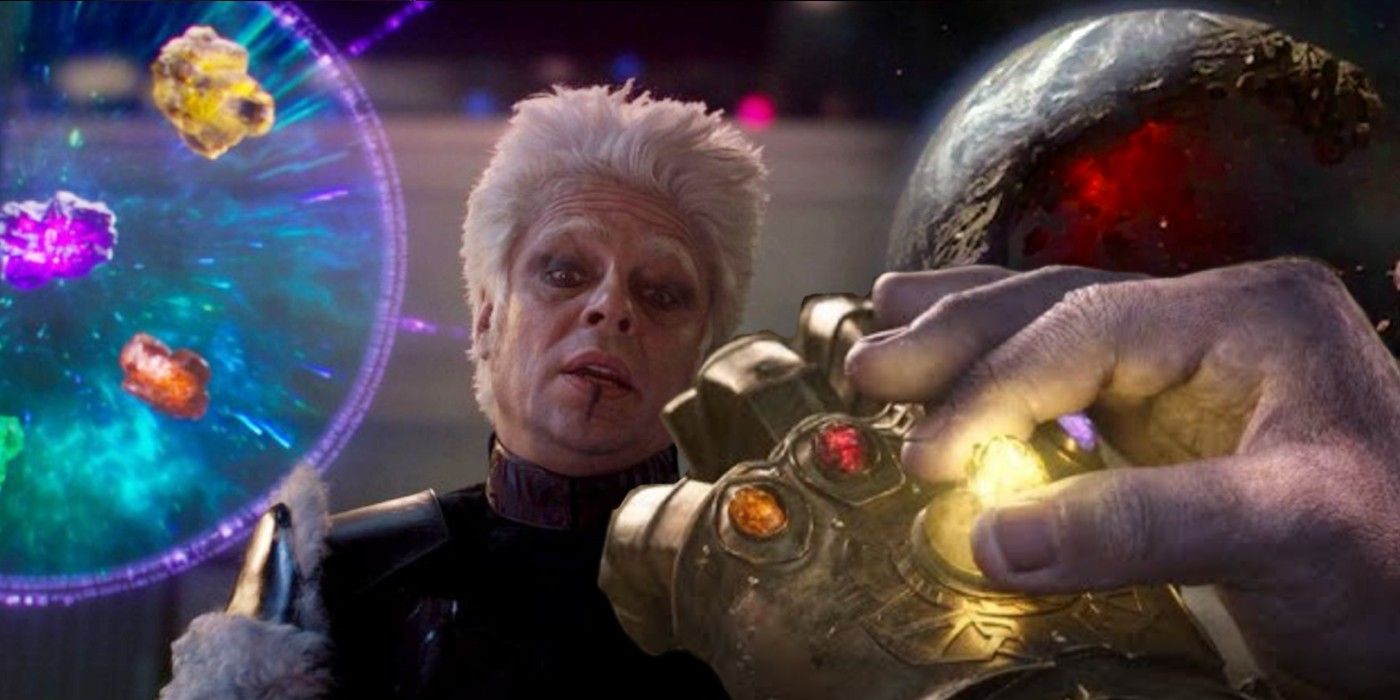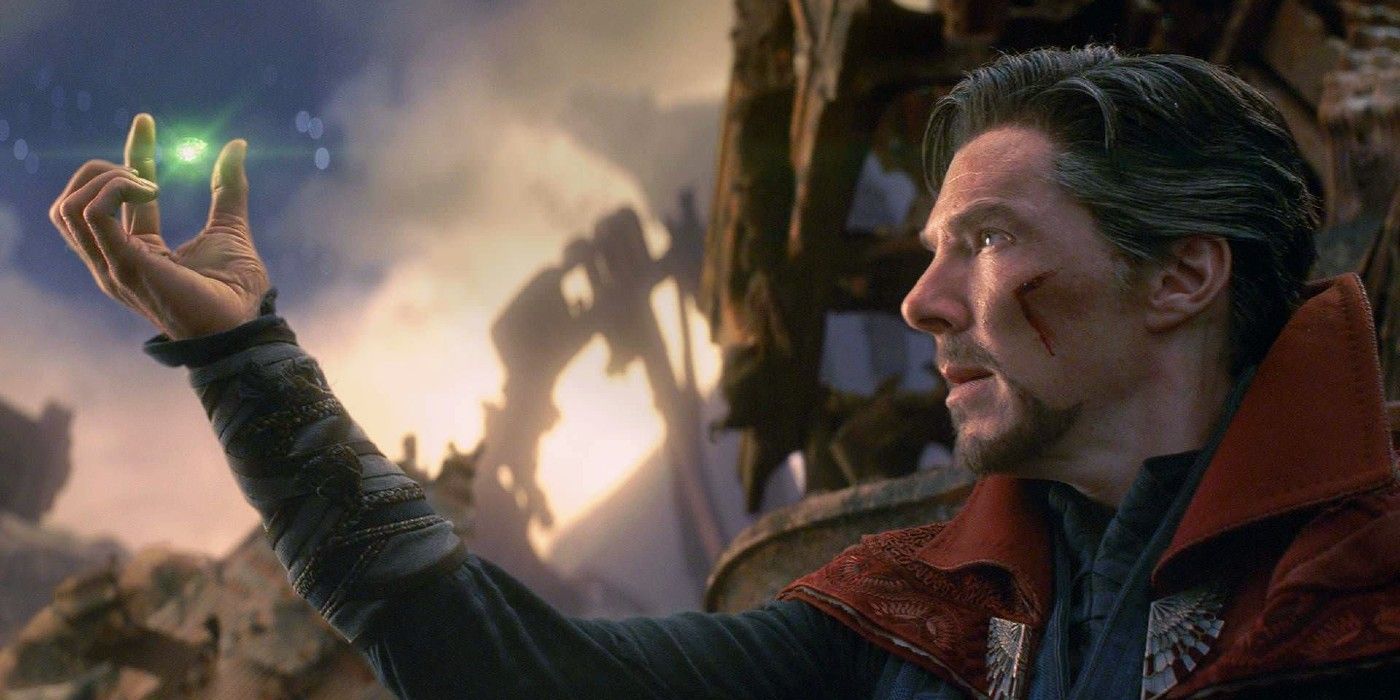Thanos may have been defeated in Avengers: Endgame, but it left the MCU with a new Infinity Stones problem for Phase 4 that could destabilize the entire universe. Marvel Studios culminated the Infinity Saga with Avengers: Infinity War and the sequel, Avengers: Endgame. In it, the Avengers finally found a way to not only bring back those who perished from the snap but also eliminate the threat the Mad Titan posed — albeit not without any personal sacrifices.
In an effort to make sure the decimation would not be reversed, Thanos broke the Infinity Stones down to atomic sizes immediately after his first snap in Wakanda. This left the heroes hopeless that there's no way to rectify the predicament the Mad Titan left the galaxy in. Thankfully, Ant-Man's emergence from the Quantum Realm sparked the idea for the time heist which allowed them to travel back in time to separately collect six powerful gems from different points in the MCU history and use them to will those disappeared back into existence. But in order to not create multiple branches of reality as the Ancient One explained, they had to be brought back to their original time and place settings which Captain America accomplished at the end of Endgame.
Now, the MCU is ready to transition to a new narrative with a slate of new projects for Phase 4 with the Infinity Saga finished via Endgame, but the Infinity Stones will still factor in its overall storytelling — or more accurately, lack thereof. The time heist allowed the Avengers to use the elemental crystals to bring back those who perished from Thanos' snap, and Steve returned them as Smart Hulk promised the Ancient One, essentially leaving the main MCU timeline without them. Aside from the former Sorcerer Supreme's explanation about how alternate realities are created, she also mentioned that removing the Infinity Stones from their original locations will leave that particular timeline vulnerable as the Infinity Stones are "the chief weapon against the forces of darkness". And even more important is the reason for that - it's not just that the Stones are weapons, it's down to their origin as revealed by the Collector when he tells the Guardians: "These Infinity Stones each control an essential aspect of existence." Removing that control surely destabilizes everything in an even more broad way?
Granted, Ant-Man has the ability to shrink to a sub-atomic size and potentially rebuild the Infinity Stones that Thanos disintegrated, there's no indication that it's happening in the foreseeable future, leaving the universe open both to attacks and even more essential problems. Doctor Strange's current situation in the MCU is the perfect representation of this problem — something that will be more likely tackled in Doctor Strange in the Multiverse of Madness. Since he willingly gave up the Time Stone, allowing Thanos to use it for the decimation and then broke it up into small particles after, he is without his most powerful weapon. But by the Collector's logic, removing the Time Stone also means removing an instrument of control of time itself. It's uncertain if Strange will eventually reclaim it moving forward, after all, he can also access the Quantum Realm using his mystical powers so he might be able to bring the pieces of the Eye of Agamotto together. Otherwise, there's also the possibility that his expected multiverse adventures would provide him another Time Stone to keep.
Elsewhere, some of the Infinity Stones are still going to factor in upcoming MCU projects like Loki and WandaVision. As seen in Avengers: Endgame, the God of Mischief's next endeavor was made possible when he swiped the Tesseract in the time heist. Meanwhile, the Mind Stone has been prominently featured in WandaVision's marketing as the gem was integral in both Scarlet Witch and Vision's arc in the franchise thus far.








